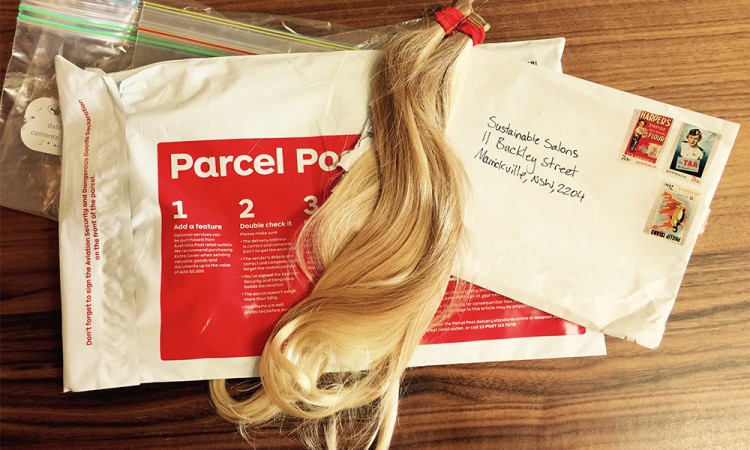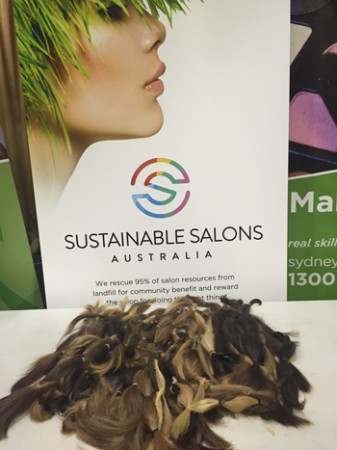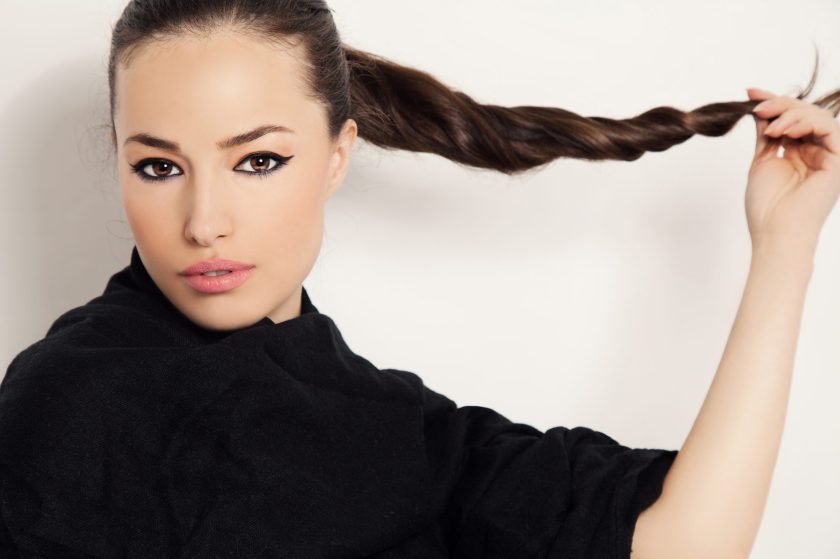Living with hair loss can be hard, as any adult male or female will tell you. It can lead to immense emotional and social self-consciousness and distress, especially if targeted by ignorant – dare we say, rude and cruel – people who draw attention to the fact.
Imagine, then, what impact hair loss would have on a child; the formative and most vulnerable stage of the human life cycle.
Alopecia is a cruel and capricious condition. It’s a type of hair loss that occurs when the immune system mistakenly attacks hair follicles, where hair growth begins.
Medical and scientific experts do not know why this happens but it is suspected a person’s genes may play a role.
For those whose genes put them at risk for the disease, some type of trigger starts the attack on the hair follicles. These triggers may be extreme stress, a virus or other illness, or something in the person’s environment.
 Alopecia areata is most common in people younger than 20, but those of any age may be affected (women and men equally).
Alopecia areata is most common in people younger than 20, but those of any age may be affected (women and men equally).
This is where hair falls out in small, round patches about the size of a 10-20 cent piece. Many with the condition get only a few bare patches. Some may lose more hair.
Rarely, the disease causes total loss of hair on the head or complete loss of hair on the head, face, and body – this is known as alopecia universalis.
There is every chance a sufferer’s hair will grow back, but it may fall out again and there is no predicting when it might fall out or grow back. The disease varies from person to person.
Unfortunately, there is no cure for alopecia. There are no drugs approved to treat it. Doctors may use medications approved for other diseases to help hair grow back, and there more and more holistic protocols and topical treatments available to salon, spa and clinic professionals that could promote regrowth.
Alopecia does not cause pain or make a sufferer feel physically sick. It can’t be transmitted to others. It will not shorten life, and doesn’t objectively affect activities such as going to school, working, marrying, raising a family, playing sport, exercising, having fun – ie. making the most of life.
 But of course that is easy to say from the perspective of one not suffering from hair loss and its potentially devastating consequences in terms of self-esteem and confidence … the qualities that can make all the difference between a life that is happy and fruitful, and one that is not.
But of course that is easy to say from the perspective of one not suffering from hair loss and its potentially devastating consequences in terms of self-esteem and confidence … the qualities that can make all the difference between a life that is happy and fruitful, and one that is not.
Which brings us to the incredible work of Sustainable Salons Australia.
Their new Ponytail Donation Program, in conjunction with the Variety children’s charity Princess Charlotte Alopecia Program, can literally change lives.
“The hair is used to grant wigs to children with alopecia areata,” says SSA co-founder Ewelina Sorko.
“The wigs are specially manufactured for each child to ensure that the colour and size fits so that the wig will look as realistic as possible, allowing the children to play sport, swim and do many other activities without fear of their wig falling off.
“In order for hair collected at your salon to be usable for children’s wigs it needs to be a minimum of 30cm long, but ideally 35cm.
“However we also accept 15cm ponytails, which will be used for adults’ wig-making. Please separate the hair into one or more ponytails and secure with an elastic band.”
To participate, hairdressers simply need to cut off a ponytail and address the envelope to: Sustainable Salons Australia, 11 Buckley St, Marrickville NSW 2204.




